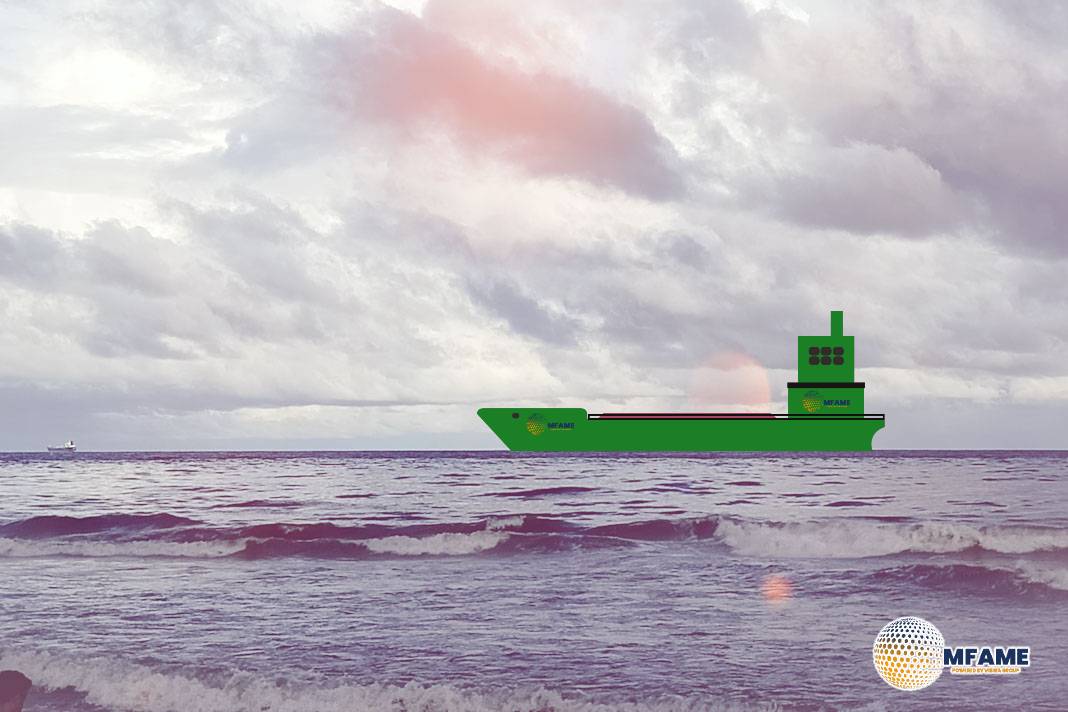Lloyd’s List has reported a growing number of liquefied petroleum gas (LPG) carriers operating in Russian waters engaging in Automatic Identification System (AIS) spoofing during loadings. This unusual trend, seen at the export hub of Ust-Luga, has puzzled industry observers, as the motive behind such actions remains unclear.
Over the past sixteen months, several vessels have reportedly manipulated or deactivated their AIS transmissions while loading LPG cargoes in the Gulf of Finland. Once at sea, normal signals resumed—suggesting deliberate attempts to conceal loading activity. Such behaviour, typically associated with sanctioned crude or Iranian trades, is now appearing in the LPG segment despite no formal restrictions on Russian-origin LPG.
This development introduces new concerns for maritime safety, compliance monitoring, and shipping transparency. The tactics mirror those used by so-called “shadow fleets,” which often involve vessel re-registration, ownership transfers, and obfuscated voyage data. These actions complicate tracking and risk assessment across the shipping ecosystem.
In certain instances, renamed or resold vessels have been identified conducting these covert operations—loading cargoes while AIS data falsely indicated alternative positions. Many of these shipments reportedly found their way to Türkiye, aligning with the recent shift in Russian LPG export flows. While Russia contributes a small fraction to the global LPG trade, the emerging pattern of concealment activity around its loadings has drawn attention.
From a technical and regulatory perspective, AIS spoofing represents a significant operational and reputational risk. Turning off or falsifying transponders during cargo operations undermines maritime safety protocols, reduces situational awareness, and increases liability in case of accidents. Moreover, this behaviour invites scrutiny from insurers, charterers, and compliance authorities—even when the cargo itself is not under sanctions.
For maritime professionals, the situation highlights the evolving complexity of shipping technology and global trade transparency. In an era where digital tracking defines accountability, the decision to go “dark” raises questions about commercial pressures, market sensitivities, and the blurred boundaries between legality and risk avoidance.
Ultimately, this emerging trend underscores how technology, compliance, and commercial strategy intersect in today’s maritime landscape. While the reasons behind these actions remain uncertain, the implications are clear: transparency at sea is becoming as vital as the cargo itself.
Did you subscribe to our daily Newsletter?
It’s Free — Click here to Subscribe!
Source: Lloyd’s List
























